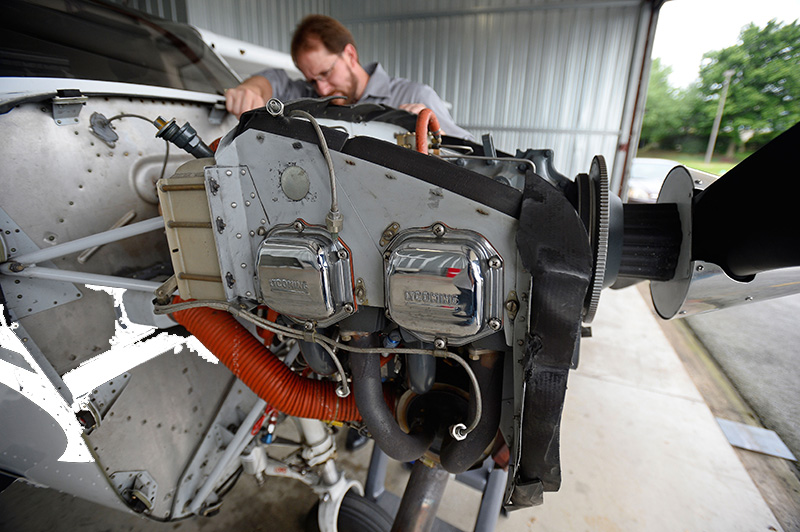Logbooks and Aircraft Financing: What Lenders Look For
27th May 2025
By AOPA Finance Team

What are lenders looking for when they review logbooks? Lenders are looking for specific entries when examining logbooks. First and foremost, they’re verifying that the logbooks are complete.
That means the set includes the very first logbook, the most recent one, and all those in between. The way most lenders verify complete logbooks is by requiring a copy of the first page of the first logbook, which typically shows the year, make, model, and serial number, and a copy of the most recent annual inspection entry, confirming that the aircraft is within annual and airworthy at the time of the purchase.
For engine logbooks, a copy of the first page is fine if the engine has never been overhauled. If the engine has been overhauled, lenders will require a copy of the entry made at the time of the major overhaul. This entry should include confirmation that a major overhaul was completed and the engine time was reset to zero. A top or bottom-only overhaul is not considered the same as a major overhaul by lenders. Any maintenance entry on an engine, scheduled or non-scheduled, should include information that ties the work done to the engine and airplane. This would include serial number, time since major overhaul, tach time, and the N-number for the aircraft. Entries should also include the date and the name/signature of the A&P/IA that completed the work.
For airframe logbooks, lenders need to see the first page of the first logbook to consider the logbooks complete. This applies even if the airframe has been refurbished or restored. Significant logbook entries such as those for major repairs or alterations, and annual inspection entries, should include the N-number, serial number, total airframe time, date, and A&P/IA information. If the entries include the year, make, and model as well, that is even better. Each entry has something that matches up with the actual aircraft. You’d be surprised how often lenders see logbook entries that don’t match the airplane in question.
Lenders also need to know about any damage history. If any exist, plan on providing copies of logbook entries that show the completed repairs. Lenders are looking to see that repairs were completed by a reputable shop and that the proper documentation was filed.
The older an airplane is, the more likely it is that there will be multiple logbooks. There may well be multiple types of logbooks, too—from the traditionally bound logbooks to three-ring binders, to loose pieces of paper and even sticky notes. And don’t forget that more contemporary, digital logbooks also exist now.
Regardless of format, lenders require confirmation that the entries provided are for the specific aircraft or engine under review. A copy of a sticky note or logbook page with no aircraft- or engine-identifying information, completed date, or signature will be problematic.
Missing logbooks, missing entries, or entries missing the critical information listed above often result in a loan structure that is different than standard. There are ways for some lenders to work around some of these challenges, and they typically include a combination of a larger down payment, shorter term, or higher interest rate. These adjustments are to compensate for the additional perceived risk of underwriting an aircraft with missing or incomplete logbooks.
Great advice. Great rates. Helpful and responsive reps you can trust. Three good reasons to turn to AOPA Finance when you are buying or refinancing an airplane. If you need a dependable source of financing with people who are on your side, just call 800.62.PLANE (800.627.5263), or click here to request a quote.

AOPA Finance Team
Knowledgeable and friendly aircraft finance professionals you can trust to find the best terms for your financing needs. Our goal is to make aircraft ownership more affordable and accessible to pilots.